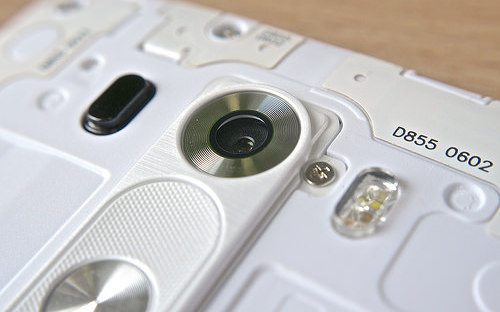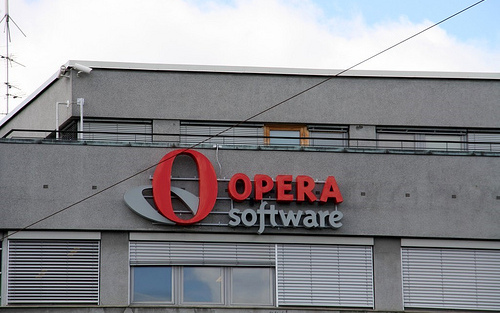Disclaimer: This article is not for photography experts. Selah.
Last week, I reviewed the Tecno Phantom 5 with Ibukun. One of the disappointing things about the phone was the quality of pictures taken with the camera. The 13MP camera promised a lot on paper but failed to deliver in reality. I compared the pictures from the Phantom 5 with those taken with the iPhone 6 and there was a huge difference. This got me thinking, if an iPhone with 8MP could take better pictures than a phone with 13MP, what then really matters in a smartphone’s camera?
What I found out was that there is far more to the camera than the megapixel count. It’s rather complex and consists of a lot of factors. In the words of Jessica Dolcourt, “The formula for fantastic photos comes down to the entire camera module, which includes the size and material of the main camera lens, the light sensor, the image processing hardware, and the software that ties it all together.” Let’s look at all these factors one by one.
The Sensor
The light sensor is the most important part of the camera’s optical system. When light enters into the camera through the lens, it is the sensor that receives that light in form of information (hmmm). This information is translated into an electronic signal. The image is then created by the image processor and fine tuned to remove noise.
Larger camera lenses form a basis for larger image sensors. The larger the size of the image sensor, the more light it can collect and the better the quality of the picture. Photography and selfie addicts will tell you lighting is extremely important in photography.
The Image Processing Hardware
The image processor is the part of the camera that renders the image taken in relation to the main phone processor. Recent high-end phones usually have dedicated graphics processors on their chips. So these phones are more hardware-accelerated than they are software dependent.
These accelerated graphics processors render images faster without tasking the main processor. But if the graphics processor of a camera phone has lower specs than the main processor, it will tell on the picture quality and the speed with which the pictures are taken and displayed.
The Software
The software bridges the hardware and the final image. It is the software that first requests the image you are about to capture and it is the software that provides the final product. Jessica Dolcourt explains that the software consists of an interpolation of algorithms and other logic. These create the final image you see on your screen. This, perhaps, is the biggest difference between a lot of smartphone cameras.
There is a lot more technicality to the smartphone camera than most brands care to admit. This is one reason why they tout the megapixel horn a lot. If they revealed all that really mattered in their smartphone cameras, then some of them wouldn’t be able to use it as their selling point. The next time you want to get a new phone for the sake of the camera quality, don’t buy into the megapixel delusion. It’s beyond that.
Update: An earlier version of this article did not contain the third point, ‘The Software’.
Photo Credit: Janitors via Compfight cc





















